Fixing Common Snake Plant Problems
Have you ever noticed your snake plant’s leaves turning yellow, wilting, or developing strange spots? Don’t worry, these issues can be resolved. This article will help you understand more about common diseases in snake plants and how to care for them to keep them thriving.
1. Snake plant leaves drooping or wrinkling
Straight, sturdy, and sharp leaves are the hallmark beauty of snake plants, but sometimes you might notice that the leaves droop, become wrinkled, and lose their vitality. This is usually due to severe dehydration. While snake plants are drought-tolerant and low-maintenance, they still require water. In this case, you need to water the plant immediately. After a while, the wrinkles will fade, and the leaves will stand tall again. To water your snake plant properly, only water when the topsoil is dry and water once a week.
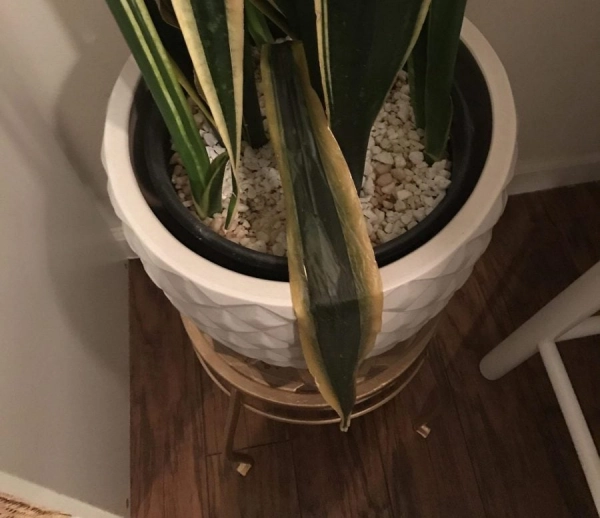
If you have been watering the plant adequately but the leaves are still drooping, the problem might lie in the roots. If the roots are mushy, brown, or transparent, your plant is likely suffering from root rot. Misinterpreting this as a lack of water could worsen the condition.
2. Snake plant root rot
In addition to drooping leaves and wrinkles, root rot in snake plants may also present with yellowing leaves, a foul smell, and severe decay. Root rot is one of the most dangerous conditions for snake plants as it destroys the plant from the inside.
Steps to address root rot:
- Step 1: Remove the plant from its pot and cut away all the rotted parts using a sterilized knife/scissors. Also, remove any yellow leaves.
- Step 2: Soak the roots in a fungicide solution to eliminate any remaining disease. Let the plant dry for a few days until the cuts are fully healed.
- Step 3: Repot the plant in fresh soil and monitor its recovery.
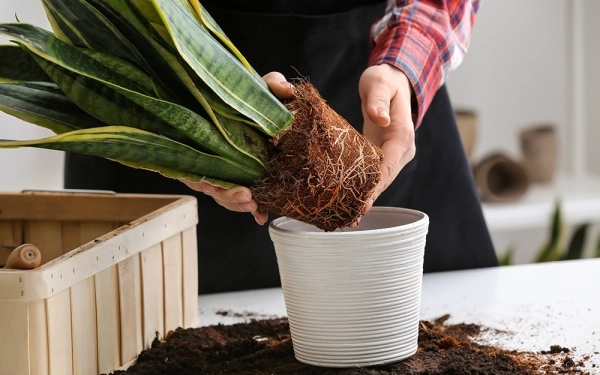
3. Snake plant leaves turning yellow, dry, or burnt at the edges
Aside from drooping and wrinkling, when a snake plant is dehydrated, the leaves can also dry out and burn at the edges. This is more common with long-leaved snake plants, as it’s harder to notice when long leaves droop. They usually become dry and brittle instead.
Another reason for dry, burnt leaves could be sunburn. Snake plants prefer shady conditions, so placing them in direct sunlight can cause damage. In this case, move the plant to a spot with softer sunlight or use a curtain or shade to reduce exposure. If your plant was suddenly moved from a low-light area to bright light, it might also show these symptoms. Always make lighting changes gradually to avoid shocking the plant.
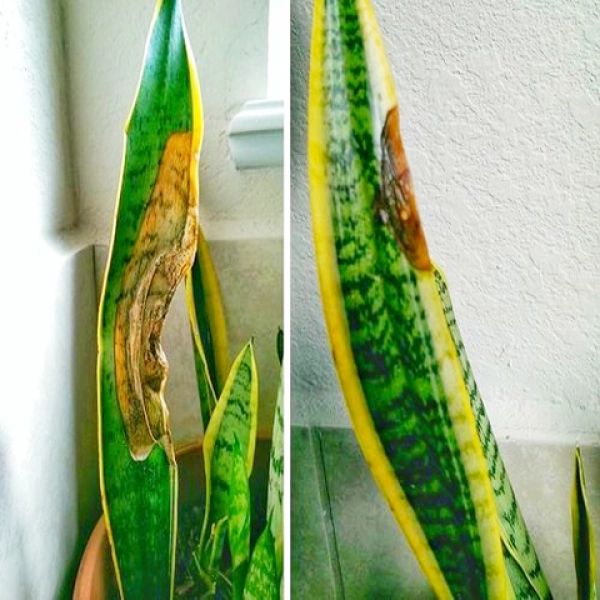
Conversely, if your snake plant lacks sunlight, its leaves may turn yellow. This is common among many indoor plants. After a prolonged period without adequate light, the leaves begin to yellow in spots, which then spread across the entire leaf. While snake plants enjoy shade, they still need some sunlight for chlorophyll production to maintain their green color. If your plant starts yellowing, gradually introduce it to more light, but avoid sudden exposure to intense sunlight to prevent thermal shock.
4. Fungal infections in snake plants
Another common issue with snake plants is fungal infections, which manifest as leaf spots. Different types of fungi/bacteria cause various symptoms—some create raised veins, some form star-shaped spots, and others produce tiny black dots that expand, burning the leaves. A moist environment encourages fungal growth.
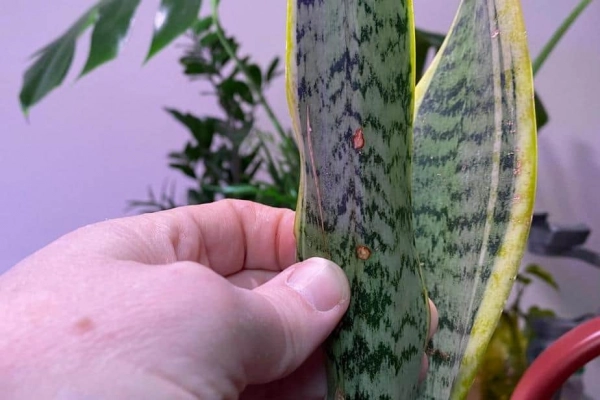
To treat fungal infections:
- First, clean the affected leaves with 70% alcohol.
- Cut away any infected parts.
- Place the plant in soft sunlight to help eliminate the fungus.
- Repot the plant in fresh soil to avoid lingering fungal spores in the old potting mix.
5. Pests affecting snake plants
Apart from light and water issues, pests can pose a significant threat to your snake plant. The two most common pests are mealybugs and spider mites. Spider mites leave tiny black specks under the leaves, often accompanied by webs, while mealybugs appear as small, white, dust-like spots that cluster together.

To get rid of pests:
- Clean the leaves with 70% alcohol.
- Use neem oil diluted with dish soap and water, spraying it on the leaves once or twice a week. Continue this process for 1-4 weeks to prevent pests from returning.
These are some common issues that snake plants face and how to prevent and address them. Hopefully, your snake plant will thrive and bring prosperity to your home.
Tags: Pests & Diseases Identification | Prevention and Treatment | Using Natural Remedies |












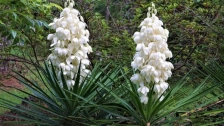







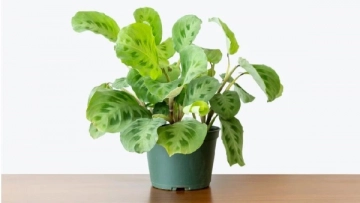

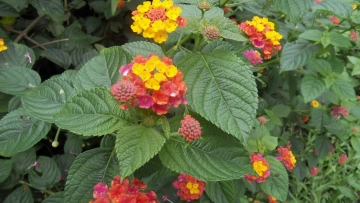

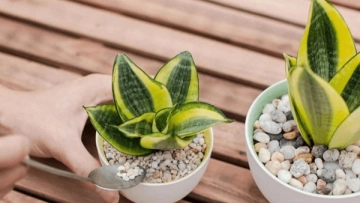
Josie Leite
October 01 , 2024
Cam Giang
October 03 , 2024